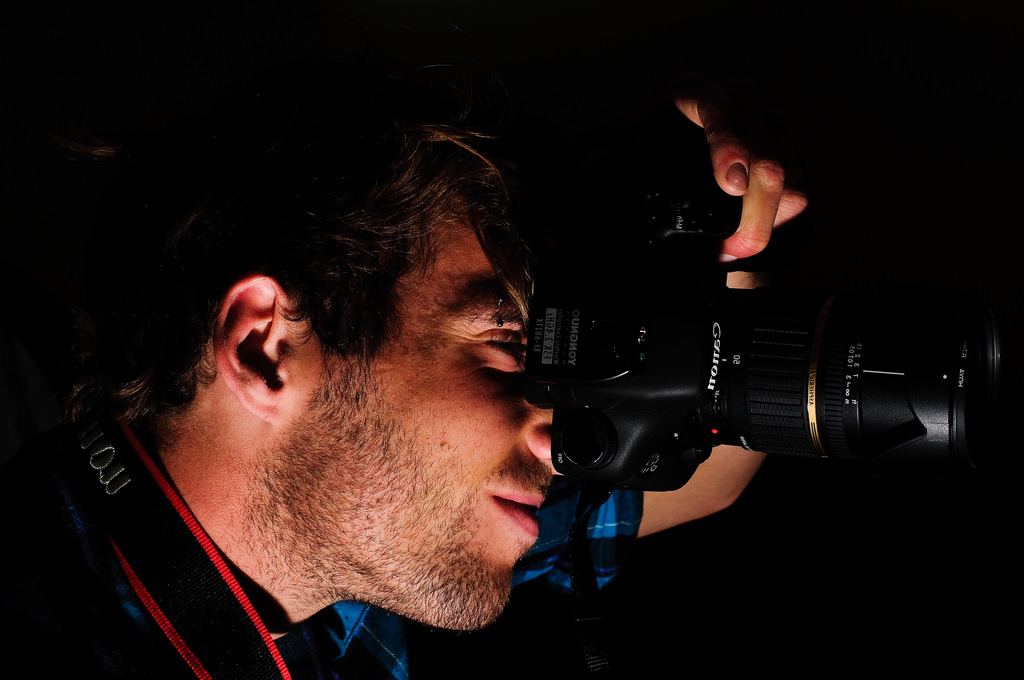What role does media play in the challenge to address sexual addiction?
Let’s begin with the obvious. There is money is to be made in the objectification of women in the service of the exploitation of men.
We often think of the pornography and sex work as involving the exploitation and objectification of women. And it is. But it also involves the exploitation and objectification of men. In the transactional sex trade, both men and women give up their humanity in exchange for something less.
Everyone loses.
To objectify women is to remove the opportunity and the right to be fully human. Women lose the easy freedom to become who they are. They must fight against the media projection of what it means to be a woman. An image can never convey the spirit of a person. This is especially true when the image is designed to evoke fantasy.
Of course, this is only possible because of the natural response of men to the female form. This is especially true when the female form is produced, manipulated, and targeted to evoke that reliable response.
And it starts early. Most boys in the internet age are exposed to pornography by the age of 10. It is easy to capture boys who do not yet know how to manage the surging energy that awakens at puberty. Once caught in sex as fantasy, they may fail to learn the difficult life lessons of how to engage and to appreciate a real live, flesh and blood woman who has a brain.
It is all so easy to set the trap.
Men in recovery from sexual addiction learn that the trap does not just involve pornography. Media companies create images that sell. From beer commercials to video games, a complex culture emerges and takes on a life of its own.
Men in recovery learn to be discriminating consumers of media. They not only turn off the porn. They also turn away from other images they now recognize as traps. In recovery men learn to deconstruct the images around them so they will never again become the victims of exploitation and see their humanity stripped away.
Women on the other side of the camera also learn.
Jennifer Aniston (actress, director, and producer of media) touches on this theme in a recent article. Though obviously not a “porn star”, she has come to recognize and express her frustration with the media culture she helps to create.
“If I am some kind of symbol to some people out there,” she writes, “then clearly I am an example of the lens through which we, as a society, view our mothers, daughters, sisters, wives, female friends and colleagues. The objectification and scrutiny we put women through is absurd and disturbing. The way I am portrayed by the media is simply a reflection of how we see and portray women in general, measured against some warped standard of beauty. Sometimes cultural standards just need a different perspective so we can see them for what they really are. . . .”
In this article Ms. Aniston attempts to provide a little perspective.
“I used to tell myself that tabloids were like comic books, not to be taken seriously, just a soap opera for people to follow when they need a distraction. But I really can’t tell myself that anymore because the reality is the stalking and objectification I’ve experienced first-hand, going on decades now, reflects the warped way we calculate a woman’s worth.”
Warped indeed.
The “stalking and objectification” Aniston experiences is simply the blowback of a media culture that distorts the genuine value of what it means to be female in exchange for the cheap and easy attention of men.
The lesson here is simple. In the image saturation of the internet age, the exploitation or one leads to the exploitation of all.
The trap is sprung. Captured are not only viewers, but also producers, directors, actors and advertisers. The trap ensnares us all.
Image by MarkHuber

